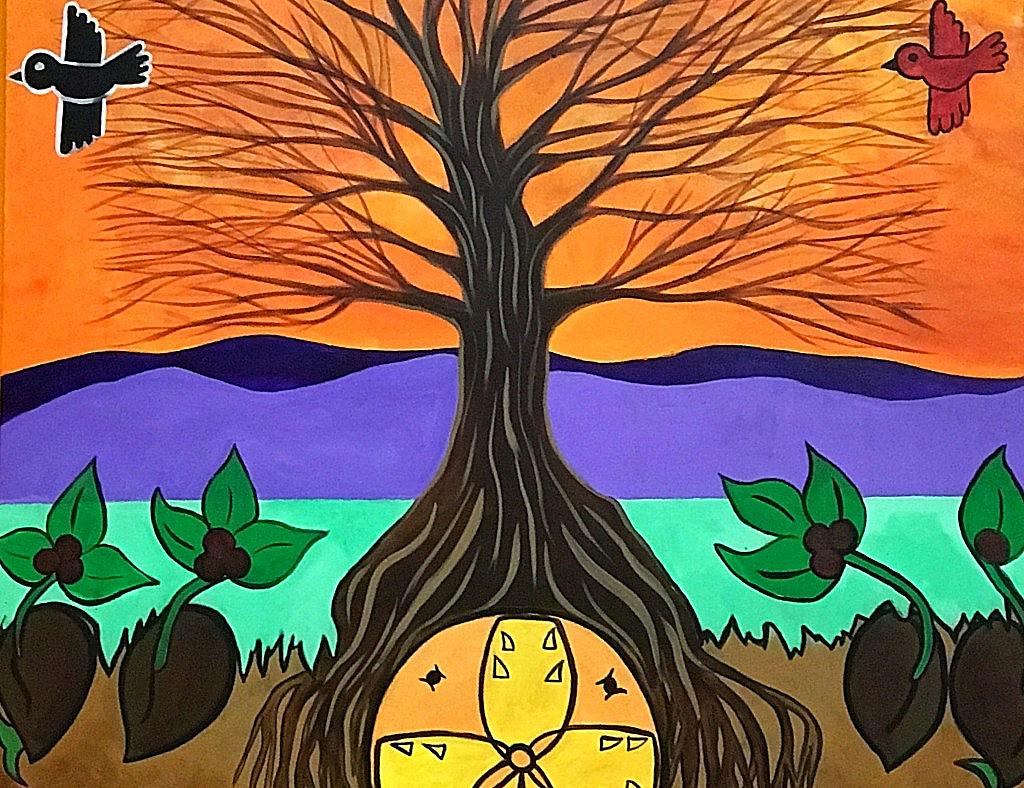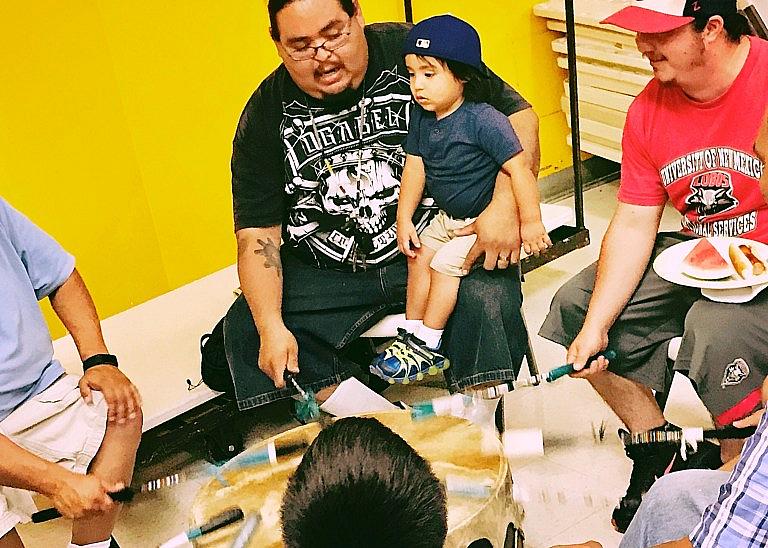Health and wellness: the indigenous way
Through a fellowship with the USC Annenberg-Center for Health Journalism, we travel to LA and look at a program, which is helping ensure babies and parents are safe, healthy, and at the same time connecting them to other Native Americans in the big city.

National Native News is teaming up with New Mexico In Focus , the USC Annenberg-Center for Health Journalism and the Dennis A. Hunt Health Journalism Fund this fall for a series highlighting health and wellness in Native America. Stories will air on both tribal and public radio stations across the country and on New Mexico PBS. The series will examine some of the ways Indigenous people in California, New Mexico and Arizona are taking control of their mental and physical health.
According to the Centers for Disease Control and Prevention, Native Americans and Alaska Natives are more likely to report their health is fair or poor compared to other groups, particularly Caucasians. Rates of diabetes, suicide and chronic illnesses are often higher in Native communities.
The project examines the use of both cultural practices and Western medicine. The stories follow programs, tribes and grassroots efforts, which advocates and health care officials say could lead to a positive change in health outcomes for Native communities. The stories examine how a better understanding of different approaches may lead to new data and knowledge on longstanding public health concerns for other Native Nations.
At United American Indian Involvement in Los Angles, we meet Dr. Carrie Johnson, a clinical psychologist, who helped bring cultural activities into existing behavioral health services at the center. Program participants at a drum and dance class speak about what wellness means to them and how culture is part of their efforts to decrease stress, engage in their community and maintain sobriety.
Reconnecting to a Healthy Lifestyle

Tso Yanez and his son drum and sing at United American Indian Involvement in Los Angeles, California. Yanez says reconnecting to Native culture has helped him with sobriety. (Photo-Antonia Gonzales)
In our Center for Health Journalism series on health and wellness in Native communities, we take a look at the connection between Native culture and mental health among urban Native people living in the LA area.
Parenting is Sacred
Native parents in Los Angeles County are turning to the Southern California Indian Center for support. Families face a number of challenges living in a large urban area, and some parents may not have access to services or help from their family or tribe.
[This story was originally published by National Native News.]


